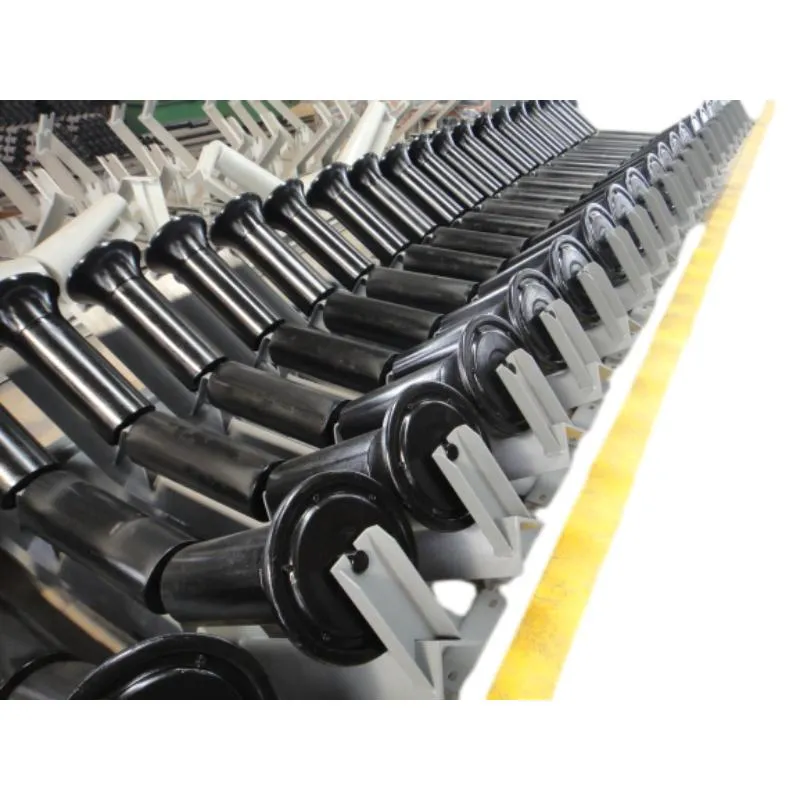 Afrikaans
Afrikaans  Albanian
Albanian  Amharic
Amharic  Arabic
Arabic  Armenian
Armenian  Azerbaijani
Azerbaijani  Basque
Basque  Belarusian
Belarusian  Bengali
Bengali  Bosnian
Bosnian  Bulgarian
Bulgarian  Catalan
Catalan  Cebuano
Cebuano  Corsican
Corsican  Croatian
Croatian  Czech
Czech  Danish
Danish  Dutch
Dutch  English
English  Esperanto
Esperanto  Estonian
Estonian  Finnish
Finnish  French
French  Frisian
Frisian  Galician
Galician  Georgian
Georgian  German
German  Greek
Greek  Gujarati
Gujarati  Haitian Creole
Haitian Creole  hausa
hausa  hawaiian
hawaiian  Hebrew
Hebrew  Hindi
Hindi  Miao
Miao  Hungarian
Hungarian  Icelandic
Icelandic  igbo
igbo  Indonesian
Indonesian  irish
irish  Italian
Italian  Japanese
Japanese  Javanese
Javanese  Kannada
Kannada  kazakh
kazakh  Khmer
Khmer  Rwandese
Rwandese  Korean
Korean  Kurdish
Kurdish  Kyrgyz
Kyrgyz  Lao
Lao  Latin
Latin  Latvian
Latvian  Lithuanian
Lithuanian  Luxembourgish
Luxembourgish  Macedonian
Macedonian  Malgashi
Malgashi  Malay
Malay  Malayalam
Malayalam  Maltese
Maltese  Maori
Maori  Marathi
Marathi  Mongolian
Mongolian  Myanmar
Myanmar  Nepali
Nepali  Norwegian
Norwegian  Norwegian
Norwegian  Occitan
Occitan  Pashto
Pashto  Persian
Persian  Polish
Polish  Portuguese
Portuguese  Punjabi
Punjabi  Romanian
Romanian  Russian
Russian  Samoan
Samoan  Scottish Gaelic
Scottish Gaelic  Serbian
Serbian  Sesotho
Sesotho  Shona
Shona  Sindhi
Sindhi  Sinhala
Sinhala  Slovak
Slovak  Slovenian
Slovenian  Somali
Somali  Spanish
Spanish  Sundanese
Sundanese  Swahili
Swahili  Swedish
Swedish  Tagalog
Tagalog  Tajik
Tajik  Tamil
Tamil  Tatar
Tatar  Telugu
Telugu  Thai
Thai  Turkish
Turkish  Turkmen
Turkmen  Ukrainian
Ukrainian  Urdu
Urdu  Uighur
Uighur  Uzbek
Uzbek  Vietnamese
Vietnamese  Welsh
Welsh  Bantu
Bantu  Yiddish
Yiddish  Yoruba
Yoruba  Zulu
Zulu Adjustment Techniques for Conveyor Belt Scrapers to Enhance Performance and Efficiency
Conveyor Belt Scraper Adjustment Ensuring Efficient Material Handling
In industrial settings, conveyor belts play a crucial role in the efficient transport of materials across various operations. However, the productivity of these systems can be greatly affected by the presence of material buildup on the conveyor surfaces. This is where conveyor belt scrapers come into play. Scrapers are vital components designed to remove excess material from the belt, ensuring that it operates effectively. Proper adjustment of these scrapers is essential for optimal performance, and in this article, we will delve into the importance of scraper adjustment, the factors to consider, and the steps involved in making effective adjustments.
Importance of Scraper Adjustment
The primary function of a conveyor belt scraper is to minimize carryback—the material that sticks to the belt as it travels and falls off at unwanted locations. Carryback can lead to several issues, including
1. Reduced Efficiency Excess material can cause the conveyor system to operate less efficiently, leading to greater energy consumption and decreased output.
2. Maintenance Costs Accumulated material can create a hazardous working environment and may lead to increased wear and tear on the conveyor system, resulting in higher maintenance costs.
3. Product Contamination Material buildup can contaminate the product being transported, especially in industries such as food processing, pharmaceuticals, and mining.
Therefore, regular adjustments of the conveyor belt scrapers are necessary to ensure they function properly, effectively reducing carryback and maintaining a clean operational environment.
Factors to Consider in Scraper Adjustment
When adjusting conveyor belt scrapers, several factors need to be taken into consideration
1. Belt Type and Condition Different types of belts may require specific scraper designs and adjustment techniques. The condition of the belt—whether it is worn or has a textured surface—also influences scraper performance.
2. Material Characteristics The properties of the conveyed material, such as stickiness, size, and weight, can affect the scraper's ability to perform efficiently. Materials that are prone to sticking may need more aggressive scraping action.
conveyor belt scraper adjustment

3. Environmental Conditions Factors such as humidity, temperature, and the presence of dust or debris can influence how effectively a scraper operates. Adjusting scrapers based on environmental conditions is key to maintaining efficiency.
4. Type of Scraper Different scraper designs (e.g., static, tensioned, or adjustable scrapers) will have unique adjustment requirements. Understanding the specific type used in your operation is essential for proper adjustment.
Steps to Adjust Conveyor Belt Scrapers
1. Safety First Before making any adjustments, ensure that the conveyor system is turned off and locked out to prevent any accidental start-ups. Always wear appropriate personal protective equipment (PPE).
2. Inspect the Scraper Examine the scrapers for wear, damage, or material buildup. A worn scraper may need replacement, while a clean scraper will perform more effectively.
3. Determine Proper Gap Adjust the height of the scraper relative to the conveyor belt. The general rule of thumb is that the scraper should be positioned within 1/16 to 1/8 inch from the belt. Adjust this distance according to the belt type and conveyed materials.
4. Check Tension If your scraper utilizes a tensioning system, ensure that it is adequately tensioned. This will help the scraper maintain contact with the belt, optimizing material removal.
5. Test and Observe After making adjustments, run the conveyor system and observe the scraper's performance. Watch for any carryback or material buildup. If necessary, fine-tune the adjustments based on observations.
6. Regular Maintenance Implement a routine checkup schedule for the scrapers. Regular inspections will help identify wear and misalignment issues before they affect conveyor performance.
Conclusion
Proper adjustment of conveyor belt scrapers is crucial for maintaining optimal efficiency in material handling operations. By understanding the importance of scrapers, considering key factors during adjustment, and following systematic procedures, operators can significantly mitigate carryback issues, reduce maintenance costs, and maintain a clean working environment. Regular attention to scraper adjustment not only enhances the conveyor system's performance but also contributes to a smoother, more productive operational flow. By adopting these practices, industries can ensure that their conveyor systems operate at peak efficiency, ultimately driving productivity and profitability.
-
Revolutionizing Conveyor Reliability with Advanced Rubber Lagging PulleysNewsJul.22,2025
-
Powering Precision and Durability with Expert Manufacturers of Conveyor ComponentsNewsJul.22,2025
-
Optimizing Conveyor Systems with Advanced Conveyor AccessoriesNewsJul.22,2025
-
Maximize Conveyor Efficiency with Quality Conveyor Idler PulleysNewsJul.22,2025
-
Future-Proof Your Conveyor System with High-Performance Polyurethane RollerNewsJul.22,2025
-
Driving Efficiency Forward with Quality Idlers and RollersNewsJul.22,2025





























